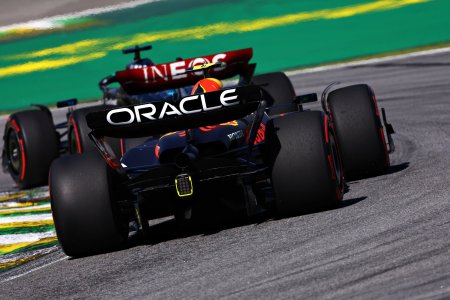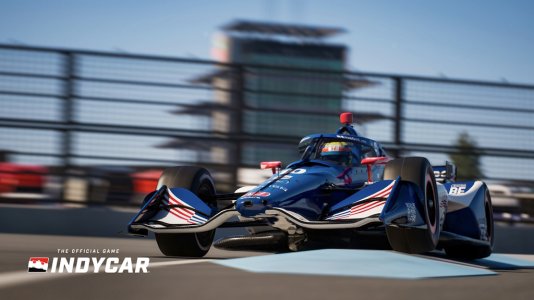Or at least, as all the articles except one, states after Suzuka, that the monsoon tyres would ideally have a depth of over 10mm, however, if that means the tyres have 10mm more rubber, or not is not stated anywhere.
And Martin Brundle has constantly talked about that plank making it hard to drive on rain.
And Martin Brundle has constantly talked about that plank making it hard to drive on rain.










